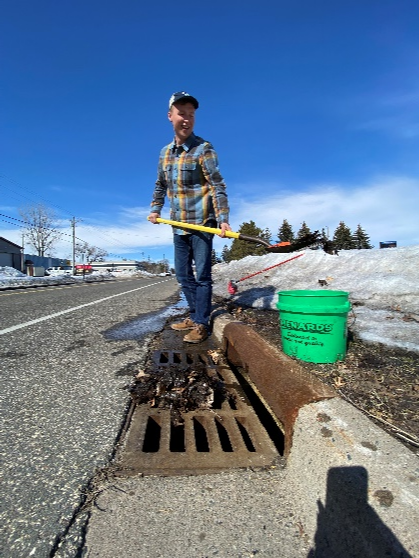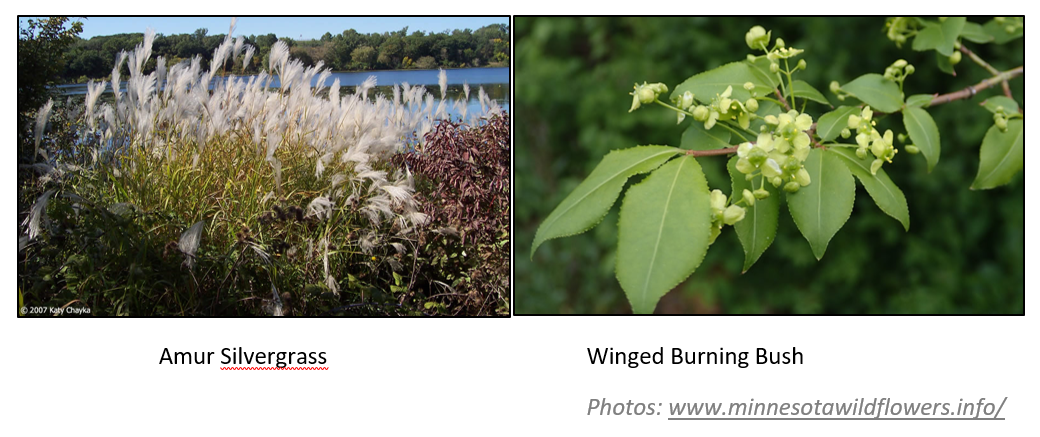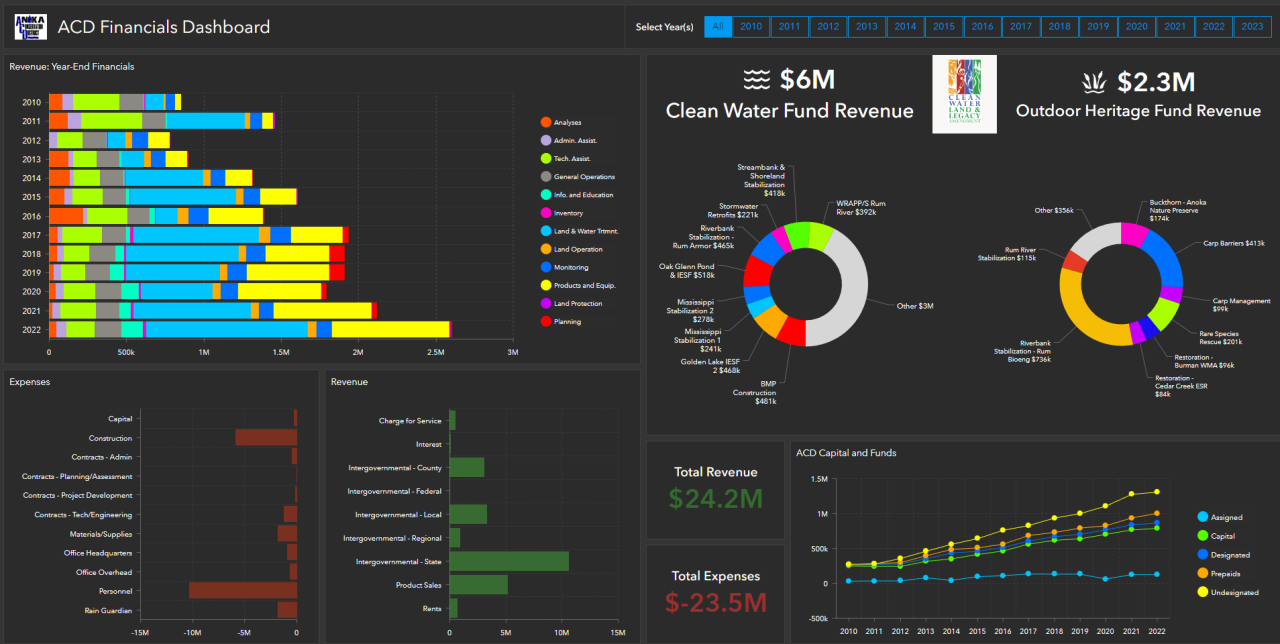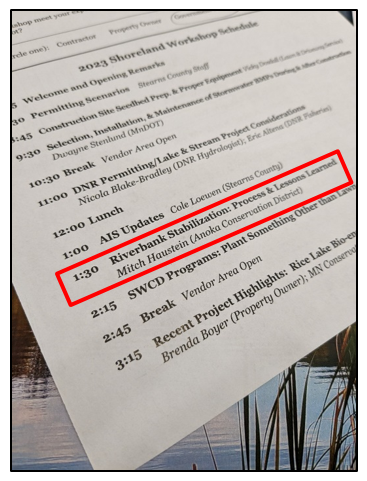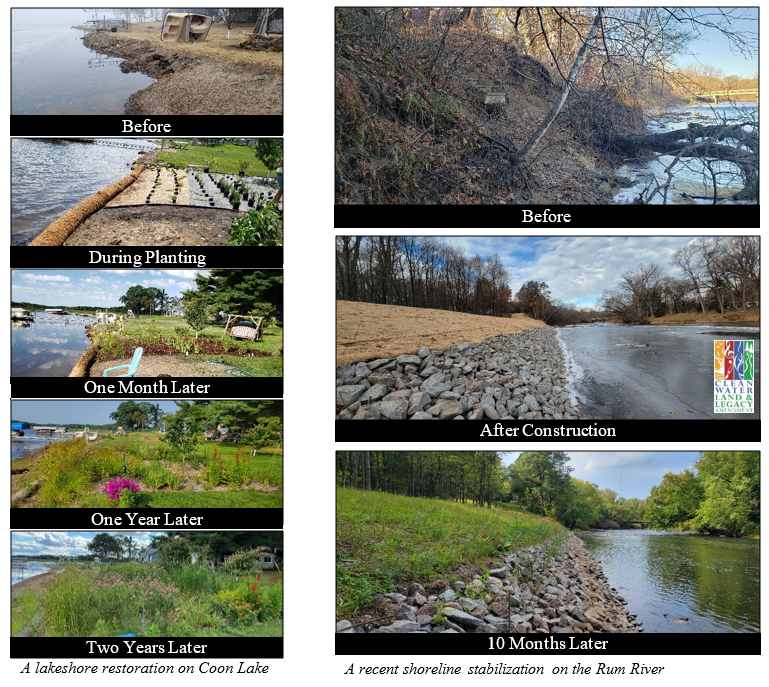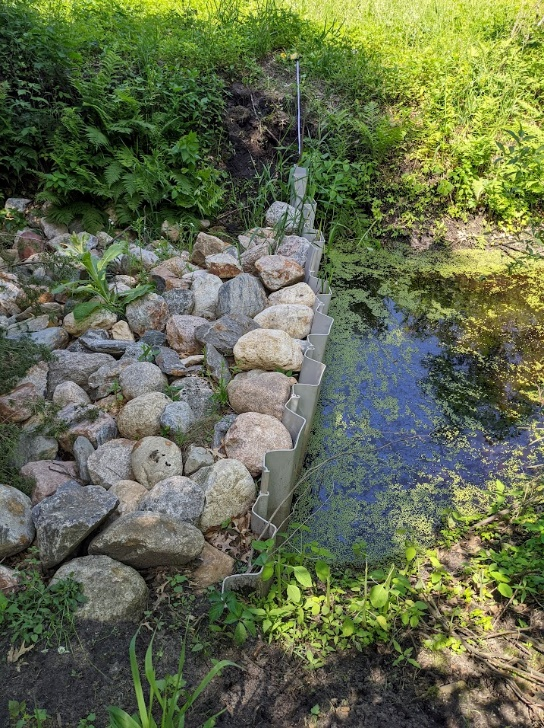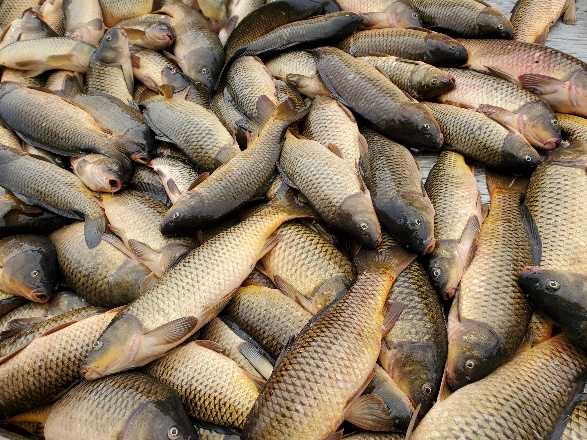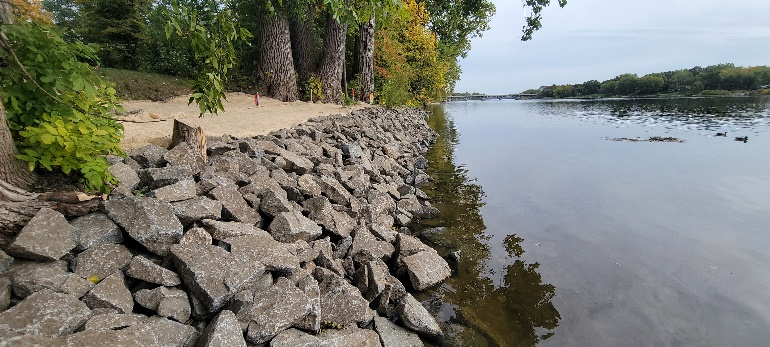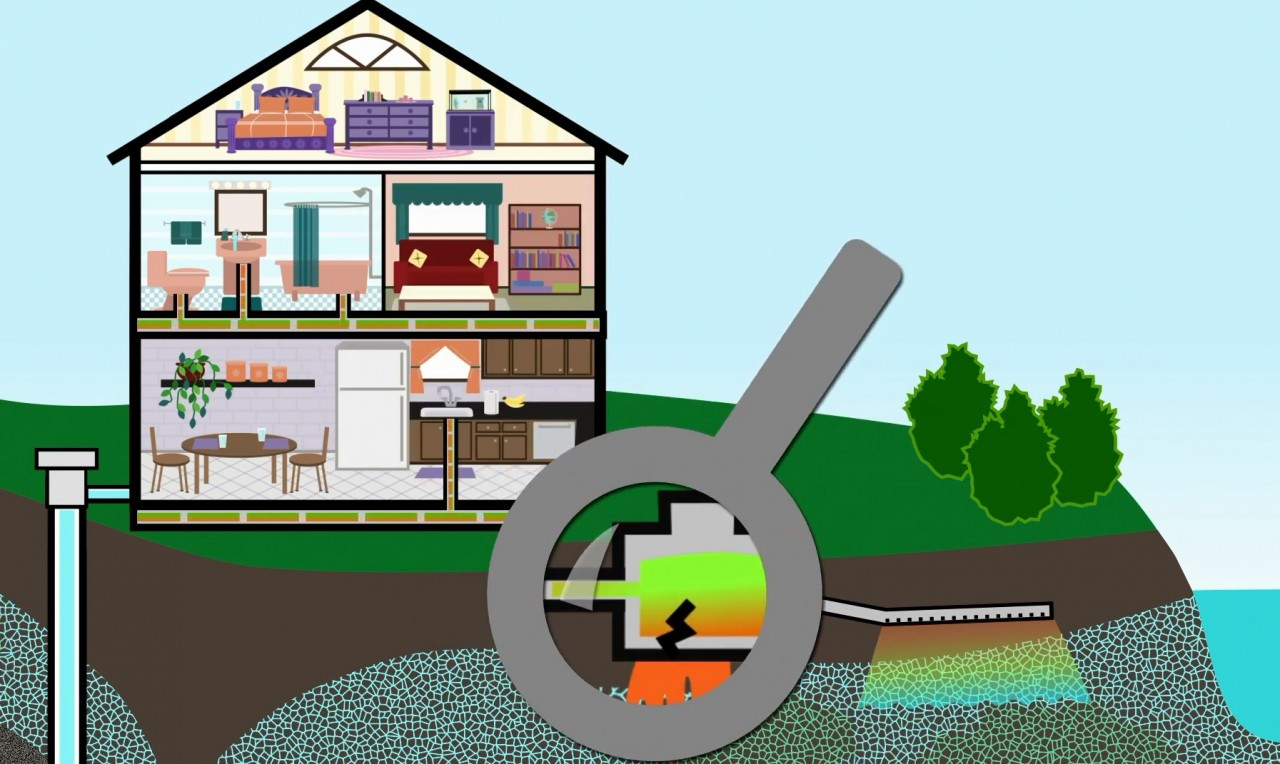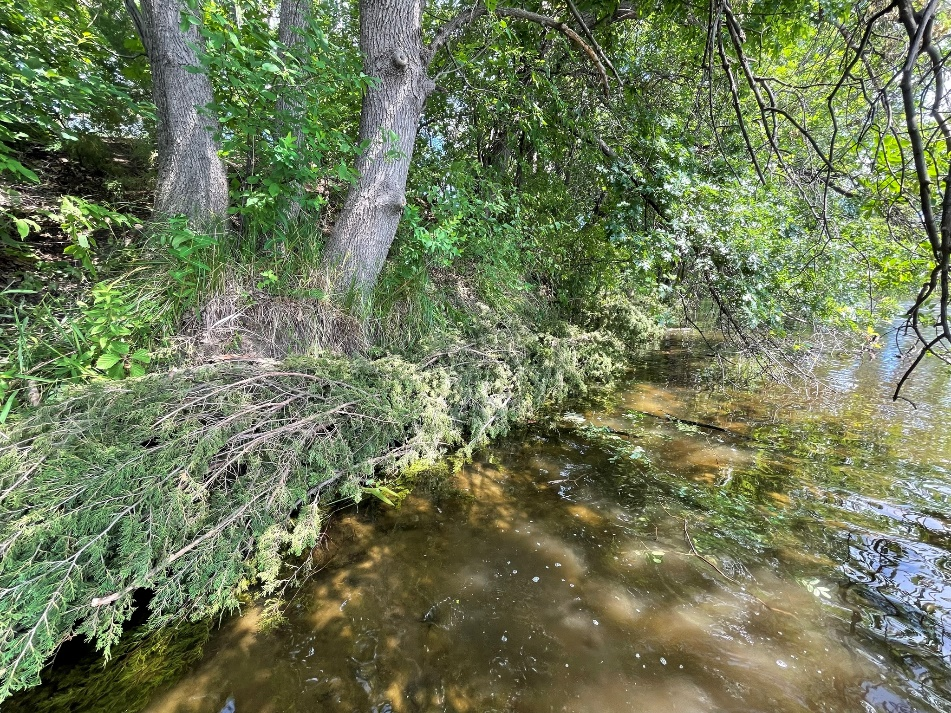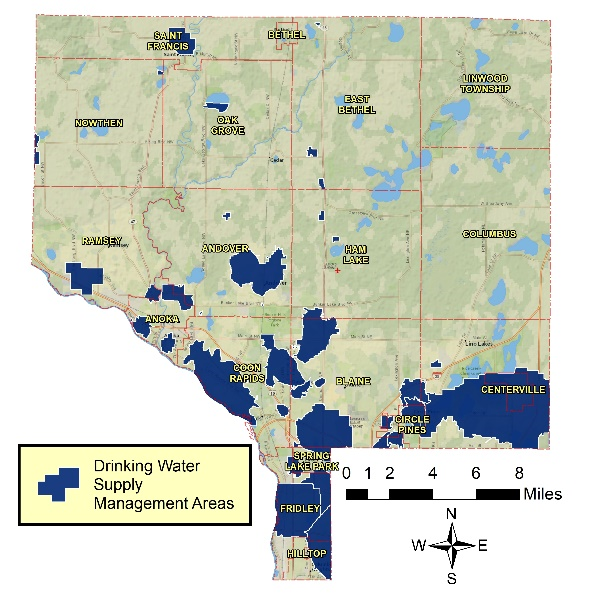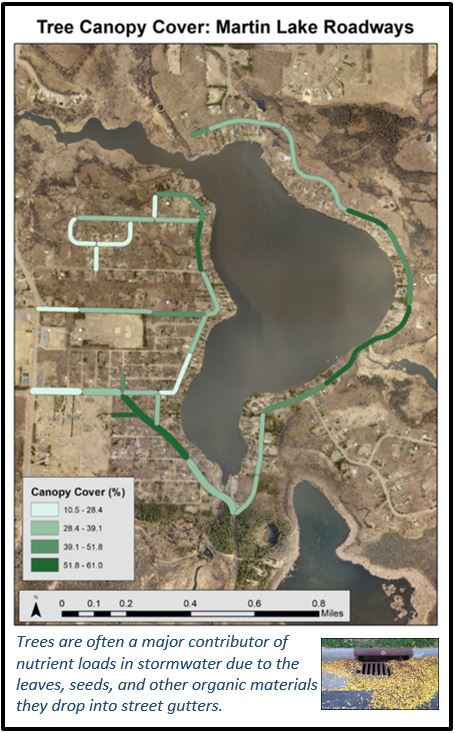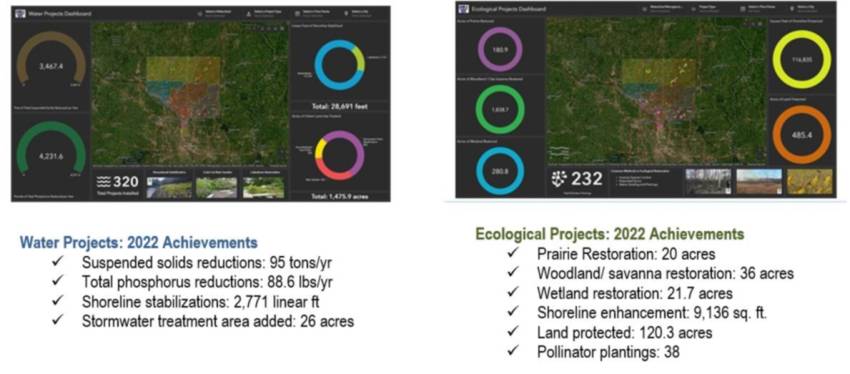Brian was born and raised in Blaine, Minnesota. After graduating from college, he had the opportunity to work for the federal government as a structural engineer at a public shipyard in Bremerton, Washington. After four years, he returned back to Minnesota and joined the Anoka Conservation District team to develop a career focused on natural resource management and environmental remediation.
Brian has a creative soul and enjoys playing music, writing, and videography. He enjoys the Minnesotan outdoors – from the blistering cold winters to the hot and humid summers – and you can often find him walking at the local parks and trails within Anoka County. He has had the opportunity to travel around the world for work and has spent up to several months at a time in locations like Japan, Guam, Hawaii, California, and sometimes on an aircraft carrier in the middle of the Pacific Ocean.



